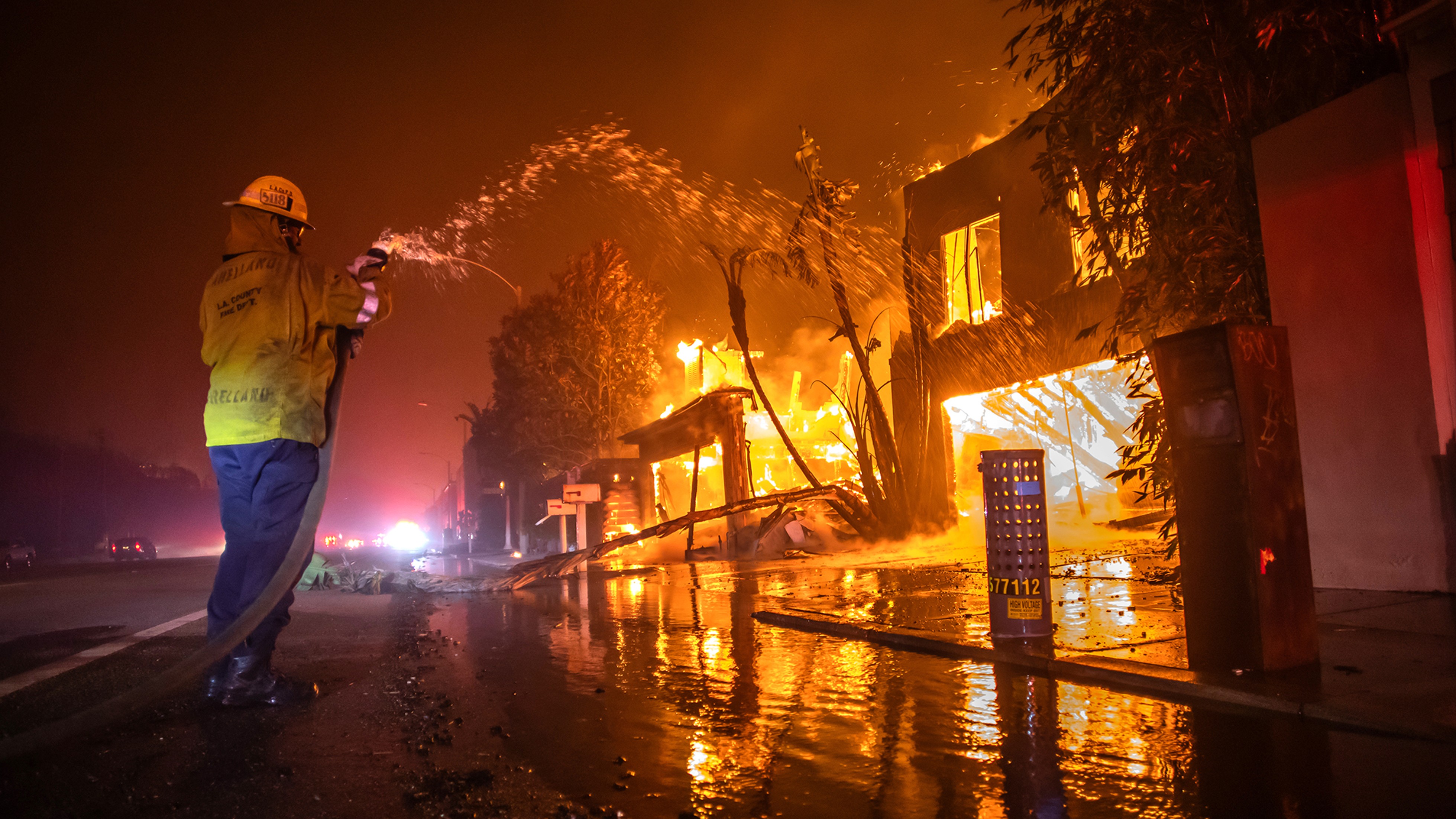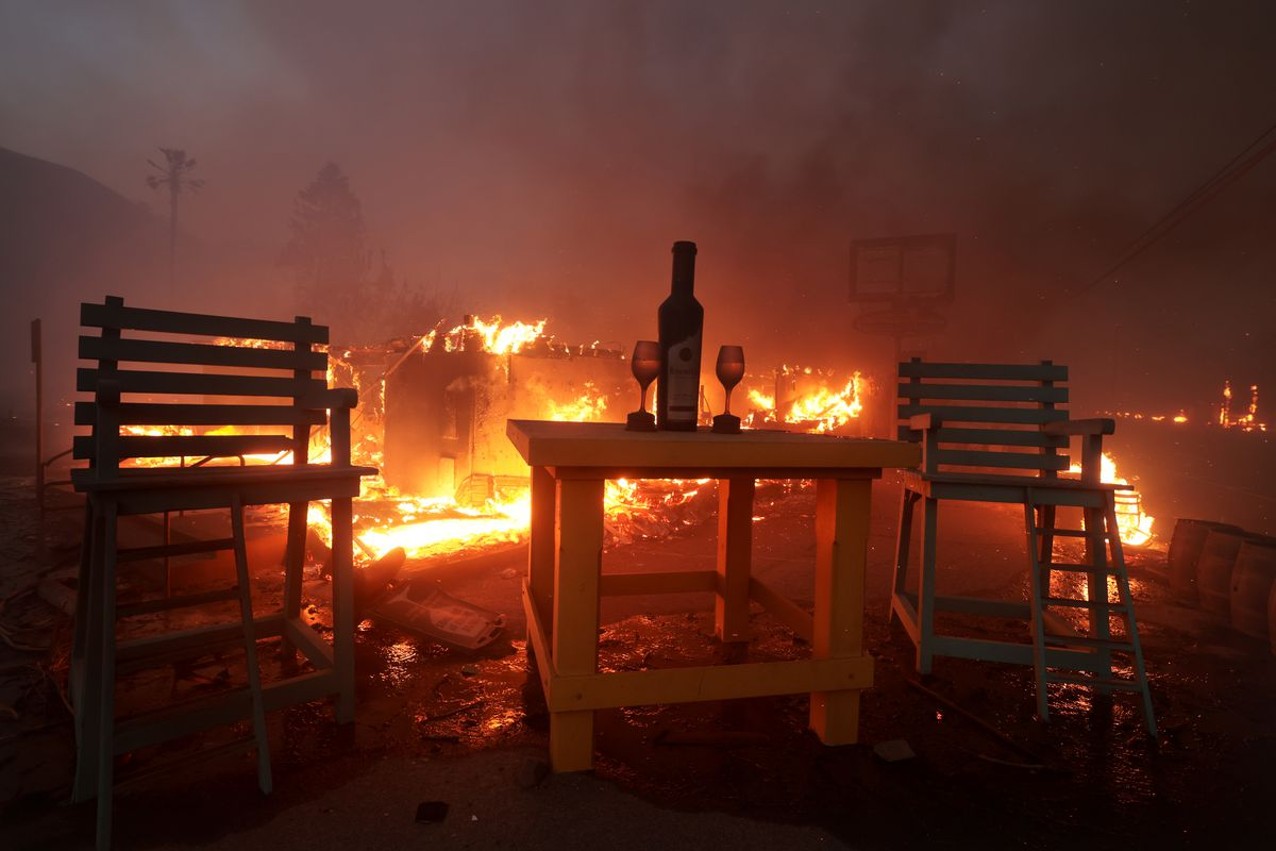L.A. Wildfires Spread Rapidly, Forcing Mass Evacuations and Claiming Lives
FireWatch: World Updates, January 2025
Several fast-moving and destructive wildfires are raging across Los Angeles County, California, fueled by exceptionally dry conditions and hurricane-strength seasonal winds. With gusts exceeding 145 kilometers (90 miles) per hour, the fires rapidly spread into urban areas, forcing over 100,000 residents to evacuate and claiming at least five lives as of January 9.

The largest wildfire, the Palisades Fire, broke out on the morning of January 7 on Los Angeles' west side. It has since scorched approximately 7,000 hectares (17,000 acres) and destroyed around 1,000 structures. The second largest, the Eaton Fire, ignited near Pasadena later that night, burning over 4,290 hectares by the following morning. Additionally, three smaller fires — the Sunset, Hurst, and Lidia fires — continue to burn in other areas of the region.
Large wildfires are uncommon in California during the early months of the year. However, fire alerts—triggered by satellite data that identifies heat generated by fires—have been increasing as wildfires spread across Los Angeles County. By January 13, over 170 fire alerts were recorded in the area, exceeding the average for the first three weeks of the year from 2012 to 2024 by more than 100 times.

Typically, Los Angeles experiences no fire alerts during the first three months of the year. The only other year with more than 10 fire alerts in the area between January and March was 2021, which ultimately became one of California's most devastating wildfire seasons.
Southern California's fire season is traditionally believed to run from May to October. However, recent studies reveal that increasing temperatures and declining precipitation are extending its duration. This trend is expected to persist, with some regions of the state already experiencing fire season as a year-round phenomenon.
